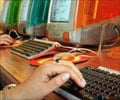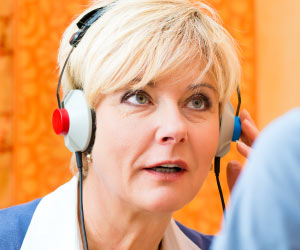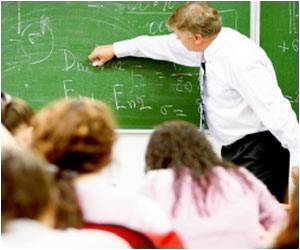Bioengineering students at Rice University have invented a device called PRIME to measure intrinsic hand muscle strength and improve diagnosis and treatment of hand injuries.
Bioengineering students at Rice University have invented a device to measure intrinsic hand muscle strength, called PRIME, which could revolutionize the diagnosis and treatment of hand injuries and neurological disorders, especially carpal tunnel syndrome.
The OrthoIntrinsics team behind the patent-pending creation have won first place and 10,000 dollars at IShow, an innovation competition for graduate and undergraduate students.Graduates Caterina Kaffes, Matthew Miller, Neel Shah and Shuai "Steve" Xu invented PRIME, or Peg Restrained Intrinsic Muscle Evaluator, for their senior project.
"Twenty percent of all ER admissions are hand-related. Neuromuscular disorders like spinal cord injuries, Lou Gehrig's, diabetes, multiple sclerosis-all these diseases affect the intrinsic hand muscles," said Xu.
For starters, the team is focusing on carpal tunnel syndrome.
"U.S. surgeons will perform over 500,000 procedures for carpal tunnel this year. We spend $2 billion per year treating this disease but up to 20 percent of all surgeries need to be redone. Our invention can be used across the spectrum of care from diagnosis to outcome measurements," said Xu.
Xu said that previous devices lacked the repeatability to be useful and did not adjust for small hands or unusual morphologies.
Advertisement
In a five-minute test, a doctor uses pegs to isolate a patient's individual fingers.
A loop is fitted around the finger, and when the patient moves it, and the researchers measure the amount of force generated.
"PRIME gets the peak force. Then the doctor can create a patient-specific file with all your information, time-stamped, and record every single measurement," said Xu.
PRIME integrates with existing systems in a manner compliant with the Health Information Portability and Accountability Act, better known as HIPAA, he said.
According to Xu, it will help hospitals and rehabilitation clinics compare the effectiveness of surgical interventions and diagnose neuromuscular degenerative diseases.
Source-ANI
THK








